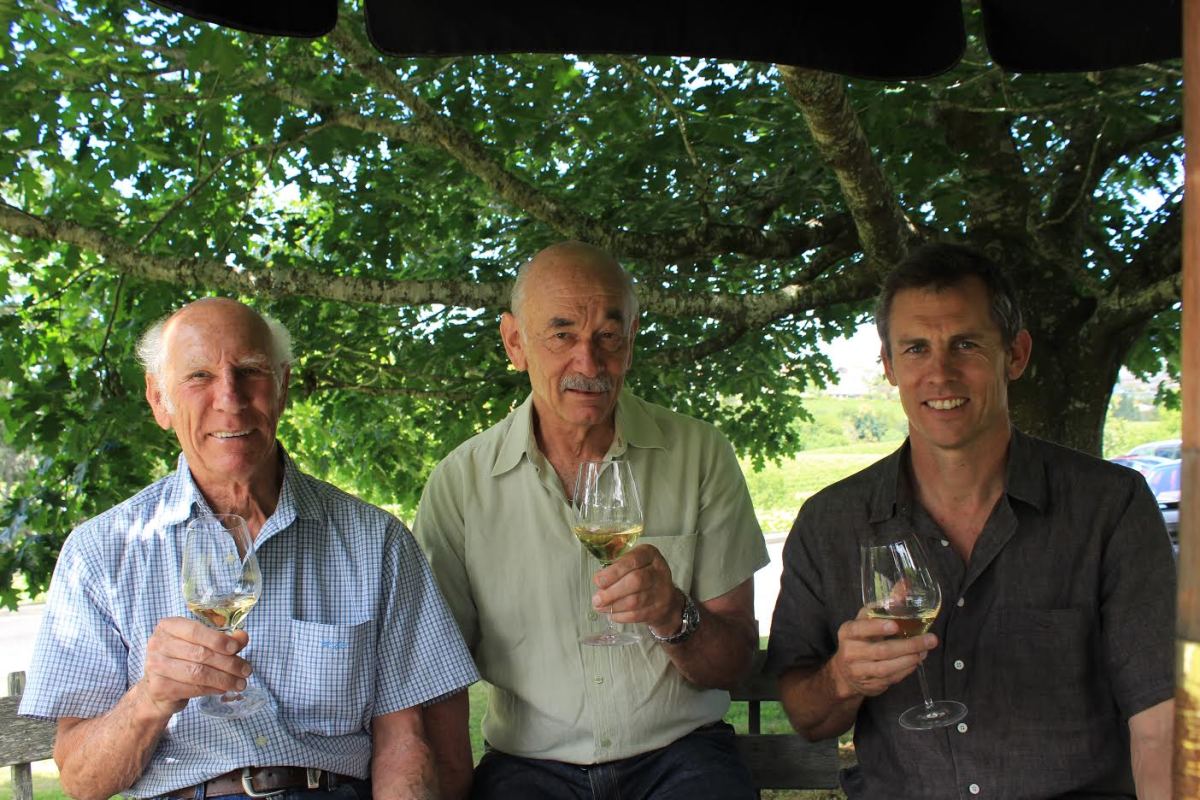New Zealand is blessed with a number of family run producers that have helped shape the history of the country’s wines. None more so than Babich Wines as Harry Crowther explains.
I first met David Babich back in the good old uni days in Leeds, during my time at Gaucho, trying to make ends meet as a poor student. I had the pleasure of serving him at a business dinner. It didn’t take me long to extract a business card from David and shortly after I was drafting an – “I will do anything for work experience with you in New Zealand” – email.
Before I knew it I was on a plane, down under and scrubbing tanks in the family’s flagship winery in West Auckland. It was here that I really started to learn about wine from source. Fresh out of university, the thought of picking up any more books and learning from them was intolerable. It was time to get my hands dirty. Time to learn, first hand about winemaking and production. Prime the pumps.
At that point, I had only ever worked with wine from a front of house perspective, and even then I considered myself an amateur. So every, tiny experience at Babich Auckland provided me with a new set of lessons; from barreling down Hawkes Bay Syrah, to racking jobs, fining operations on thousands of litres of Marlborough Savvy B.
Every step entailed frantic shorthand, messy, wine-stained notes into my diary as I slowly learnt, in finer detail, the effects of bentonite, casein and isinglass on wine. Admittedly, even working a basic pump raised the odd challenge for me let alone trying to prime one.
Safe to say, my time with the team in Auckland was good prep for the harvest in Babich’s shiny, new Marlborough winery, a few months later…
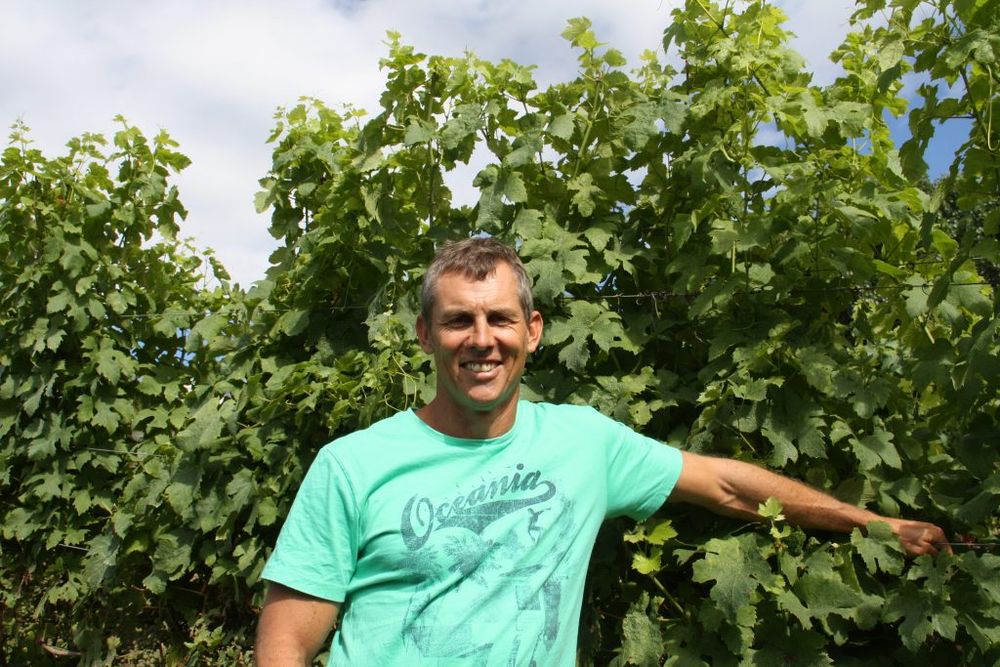
David Babich is very aware of the family traditions that he carries on in his winemaking
So much to learn
Being the oldest family run producer in New Zealand naturally comes with it an inherent and rich history. The pioneering figures of Peter and Joe Babich have been synonymous with winemaking in New Zealand for decades now.
When I first walked into the Auckland site, I remember experiencing a sense of gratification. To have the chance play a part – no matter how small – in a century old operation gave me a sense of pride. At least I think it was pride; looking back it was probably foolishly mistaken in place of nerves and having absolutely no idea what I was doing. I quickly relaxed into the team who put me to work straight away on my first job in New Zealand.
Hard times
Babich Wines have also had to go through hard times. Josip Babich first acquired the land 1911, with the first vintage of Babich Brothers coming a little later in 1916, just as New Zealand was about to be hit by the Great Depression. As the Second World War followed the winery had to go through darker days when it struggled to service its mortgage.
The 1960’s, though, brought the early steps of better winemaking and modernization and the start of the The Young Winemakers Club. Here the young, pioneering winemakers of the time, from what have become some of New Zealand’s biggest names, such as Villa Maria, Matua, Nobilo and so on, would meet and share ideas in order to help the industry as a whole to collectively rise up.
“At that point they weren’t thinking of exports, that came later” says David. “This was just done to make better wine for each other. A lot of the wines were tasted blind to remove any influence of where they came from.”
The Young Winemakers tradition still stands to this day. Most of the original gang is still around (albeit a little longer in the tooth), and meet once a year for their annual lunch, and have been doing so since they were in their twenties.
Looking to innovate
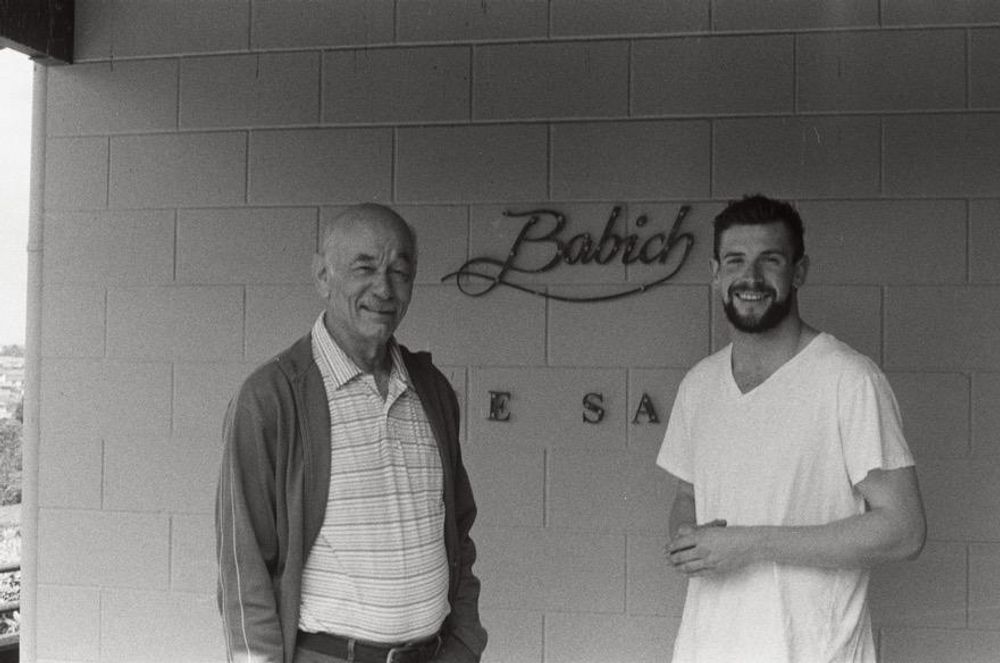
Joe Babich and Harry Crowther during Harry’s stay doing the vintage in New Zealand
David is also quick to recognise the importance of his uncle, Joe, on the business, who first joined the winery in 1958, and is considered to be the driving force behind the family’s history. “The style of our wines are very much embedded in Joe’s attitude to winemaking,” says David.
Perfectly illustrated, he says, pointing to the Joe’s Irongate Chardonnay in 1985.
In those days there were no flying winemakers to consult the family, no internet to ping over a quick email to Bordeaux, stresses David. So the idea of doing something as radical as a barrel fermented Chardonnay was as much revolutionary as it was risky.
“He didn’t know how a barrel ferment would work out, and the yeast might have wrecked the barrel,” says David.
At that stage of winemaking in New Zealand it was common to barrel age, but barrel fermentation was pioneering. Nevertheless, Joe moved forward with the project in secrecy, without his brother’s consent and produced what is one of the most iconic Chardonnay’s in New Zealand.
I sifted through the pages of my aforementioned messy wine diary and found my tasting notes from the Irongate Chardonnay, 2013, tasted October 2014.
Babich Wines, ‘Irongate Chardonnay, Hawkes Bay, 2013 Pale straw colour. Free run juice is barrel fermented in new and old French oak. Brioche and shortbread on the nose with notes of pineapple and white peach. A zesty, citrus driven acidity comp liments a creamy mouth feel and medium to full body.
Leaders in innovation
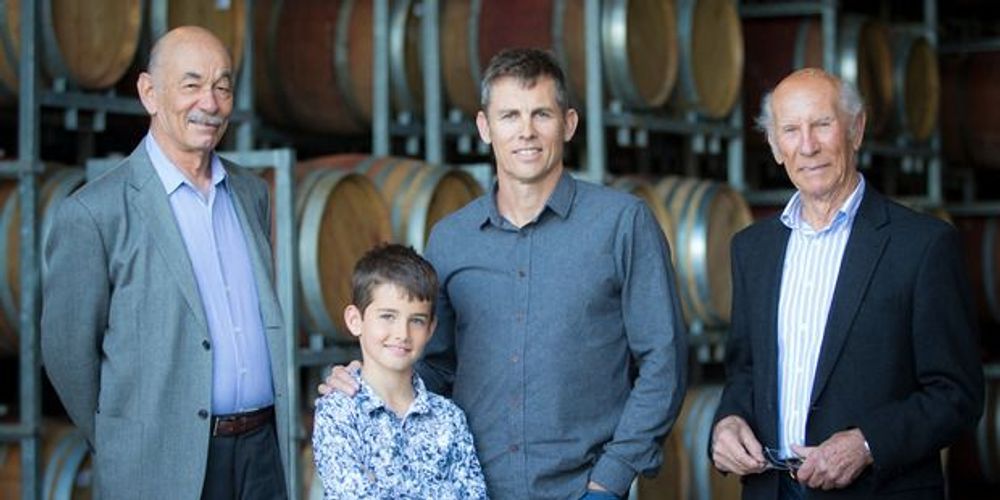
Keeping the traditions going through the generations
What is particularly interesting and appealing about David’s approach to running the family brand is both his acknowledgement of the family’s rich history, but with a strong emphasis on looking to to the future.
As they complete their 103rd vintage, the name Babich has been a cornerstone in the Kiwi wine scene. I feel that there is a clear vision and emphasis on how to move forward, maintaining their mission to become leaders in innovation and originality.
Like the on-going work it is doing with yeast cultivation, work that I saw for myself in 2015 when I was working with Abigail Maxwell, assistant winemaker at Babich Wines Marlborough.
Keen to scratch the surface a little more about how the work has developed I asked Abi for a little more information about Babich’s Wild Fermentation Program,
“We were quite spoiled in 2017. One of our harvest lab interns put together a small scale project to isolate and identify saccharomyces strains indigenous to Babich Wines’ vineyards,” she says.
Abi and the team are repeating the process this year on a much larger scale to see if those strains found in 2017 are still present in 2018. The potential results are thought provoking; if the strains are different, could it suggest that certain yeasts are vintage specific?
“Results from 2017 confirmed a diverse range of yeast is found in our vineyards, with varying attributes. The most interesting findings were two saccharomyces species which were un-identifiable and assumed uniquely indigenous to those vineyards.”
Interestingly enough, these yeasts also played an active role in “the early stages of fermentation” once the fruit had been processed. And, there seemed to be a consensus in a blind tasting of ferments, that the project ferments were preferred to commercially available strains. Talk about a sense of place…
Could this perhaps be the future for New Zealand wines in general and not just for Babich Wine? “It’s about innovation and creation for the future,” says Riki Hutchinson, Babich’s global brand ambassador.
As the team analyses and collates their findings from the 2018 harvest, I for one am pretty excited to see how they pan out.
“Should the results of the project this year be as positive as previous, there is the opportunity to isolate and culture strains unique to our vineyards, and use them to enhance our terroir driven wines,” adds Abi.
With a demand for greater transparency and cleaner alternatives in the market, Babich Wine’s are increasingly adopting the “less is more” approach to their winemaking, she adds. Greater work and research is being put into the vineyard, working with soil and vine health, to make the job as natural and hands off as possible.
“The wines pretty much make themselves,” she adds.
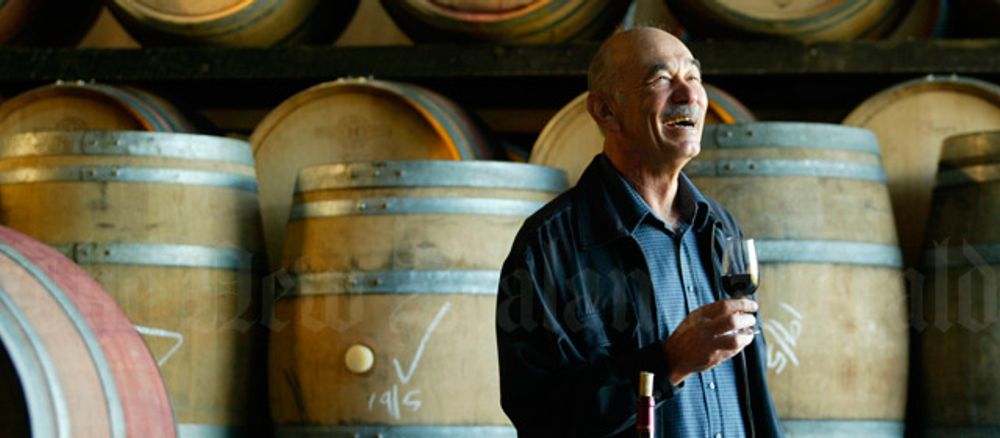
Joe Babich in the family cellars of Babich Winery
Natural dilemma
That phrase sounds familiar. Spikes in the popularity of orange and natural wines have seen to that. I have always formed a slightly more skeptical opinion of this movement – and made no secret about it – and that a lot of this was, well, lazy winemaking. Throwing a bunch of grapes in a clay pot, on the skins, letting them do their thing, and whatever the result, label it, talk about terroir, then sell it in a trendy wine bar slash converted toilet in east London.
What the team at Babich is doing, however, sounds like a real, terroir-driven project. Yes, the wines are making themselves according to Abi, but the human work that goes into it before hand, allows them to make themselves. Don’t get me wrong, there are some fantastic natural wines out there, and even more with a truly unique sense of place, I just think that sometimes we get a bit carried away with the search for wines that are a direct result of too much of a hands-off approach.
Exciting times ahead for the Babich crew, and I am particularly excited to give these vineyard specific tipples a try, should they go into serious production.
In the mean time, here are a couple of my favourite picks from the tasting,
Babich, ‘Family Estates’ Cowslip Valley Riesling, Marlborough, 2016
A powerful nose of honeysuckle, lemon and lime with typical band-aid style of reduction. A slight botrytised character adding another layer of complexity to the wine. The palate is racy and fresh with a green finish of cadied lime peel. Long on the finish, brilliantly structured. Another Riesling triumph from the team.
Babich, ‘Black Label’ Sauvignon Blanc, Marlborough, 20XX
The fruit selection for the Black Label is done according to fruit weight, and it shows. High intensity and focus of citrus and gun smoke. The palate carries a powerful body and complexity, with fresh berries and less of that, under ripe, kiwi Sauvignon Blanc-ness that is held back by clever use of oak, lending texture to this wine.
Babich, ‘Winemakers Reserve’ Pinot Noir, Marlborough, 2014
A back vintage it may be. But this is a testament to what a little bit of bottle age can do for Marlborough Pinot. We tasted the 2012 and ’16 either side of this vintage. A nose of sour cherry, truffle and earth. Dusty, integrated tannins on the palate that is well balanced with the fruit.
* Special thanks to Riki and Sean Hutchinson and David Babich for their time. Babich is imported and distributed by Berkmann Wine Cellars.
